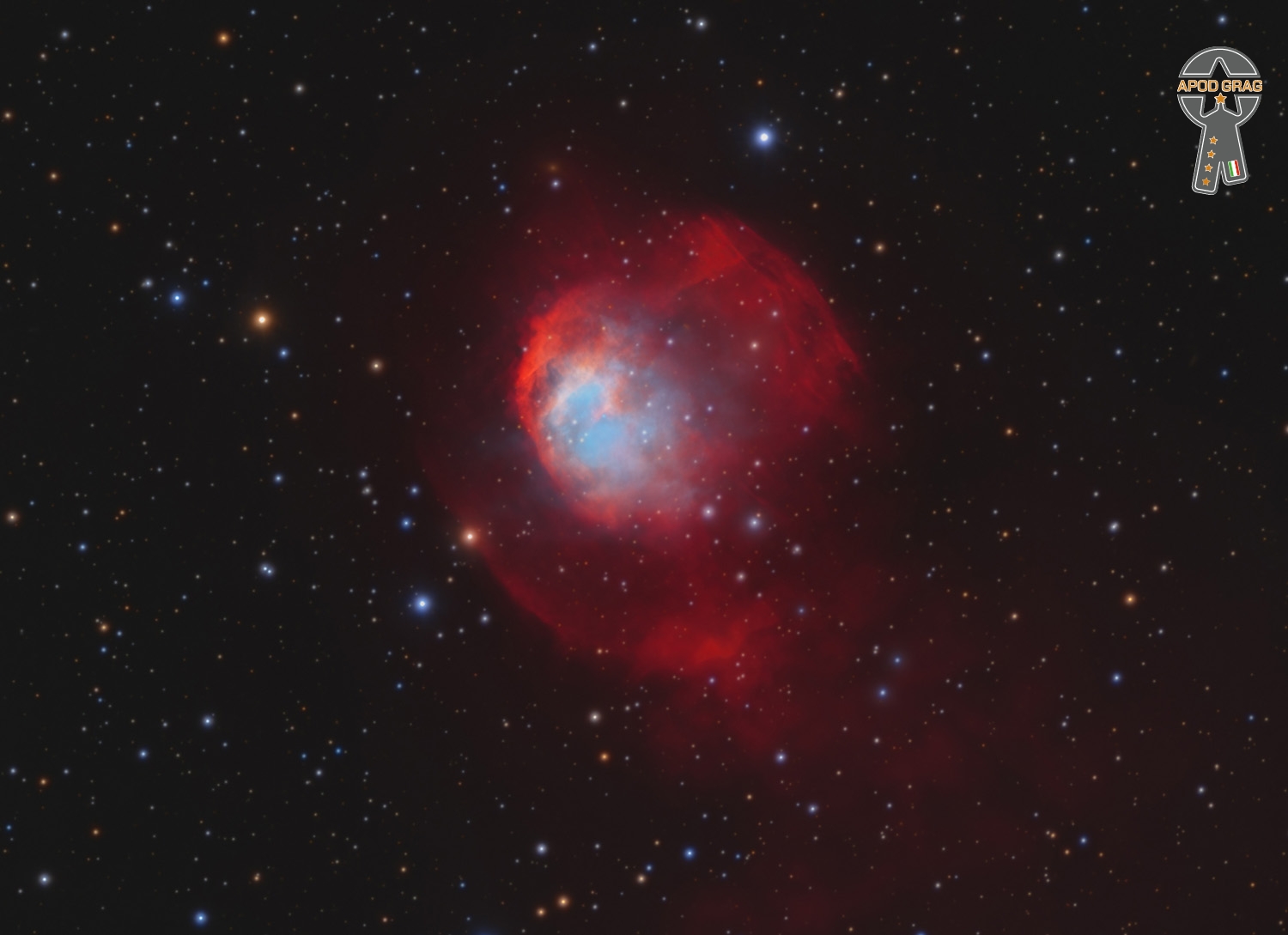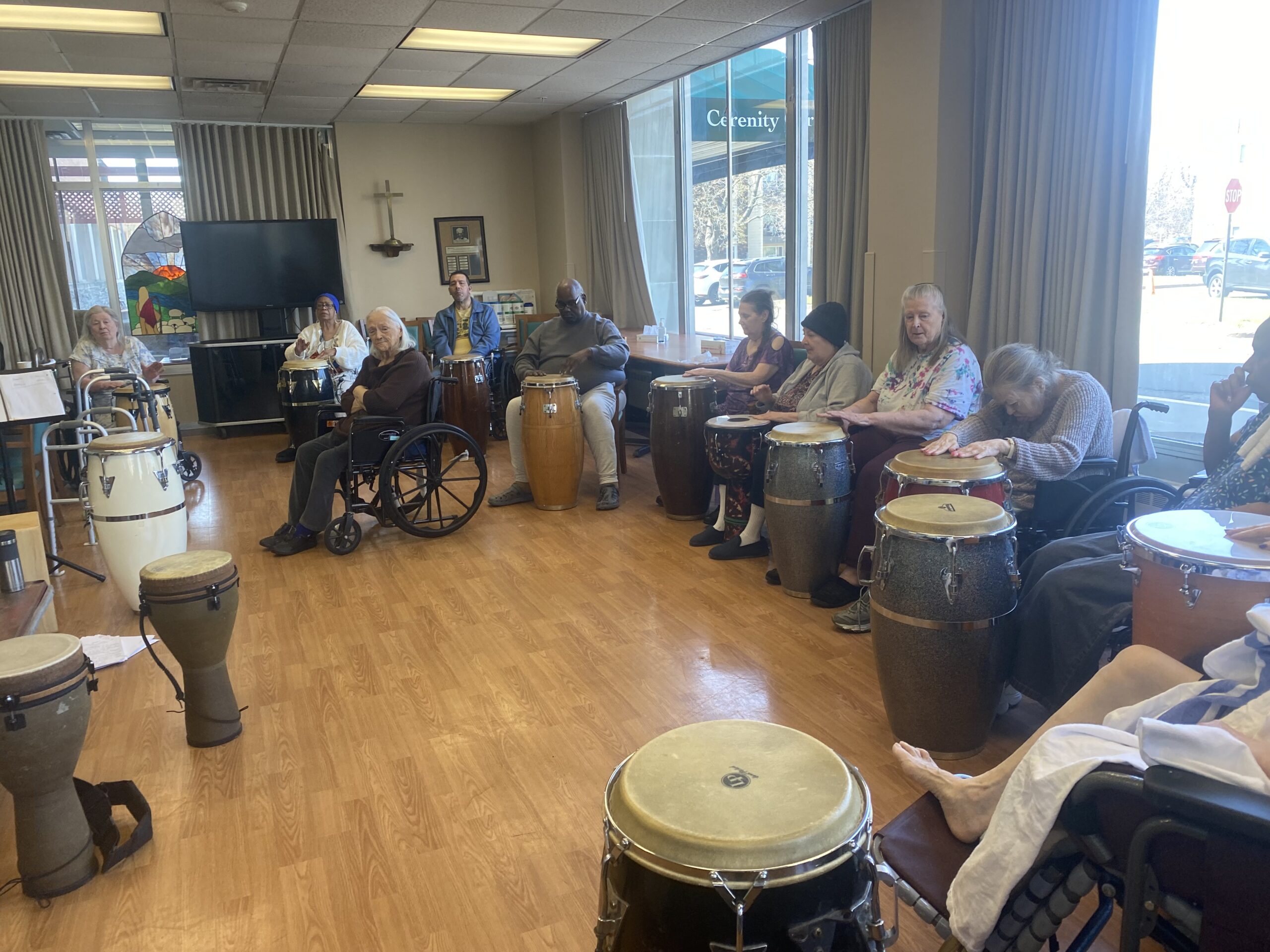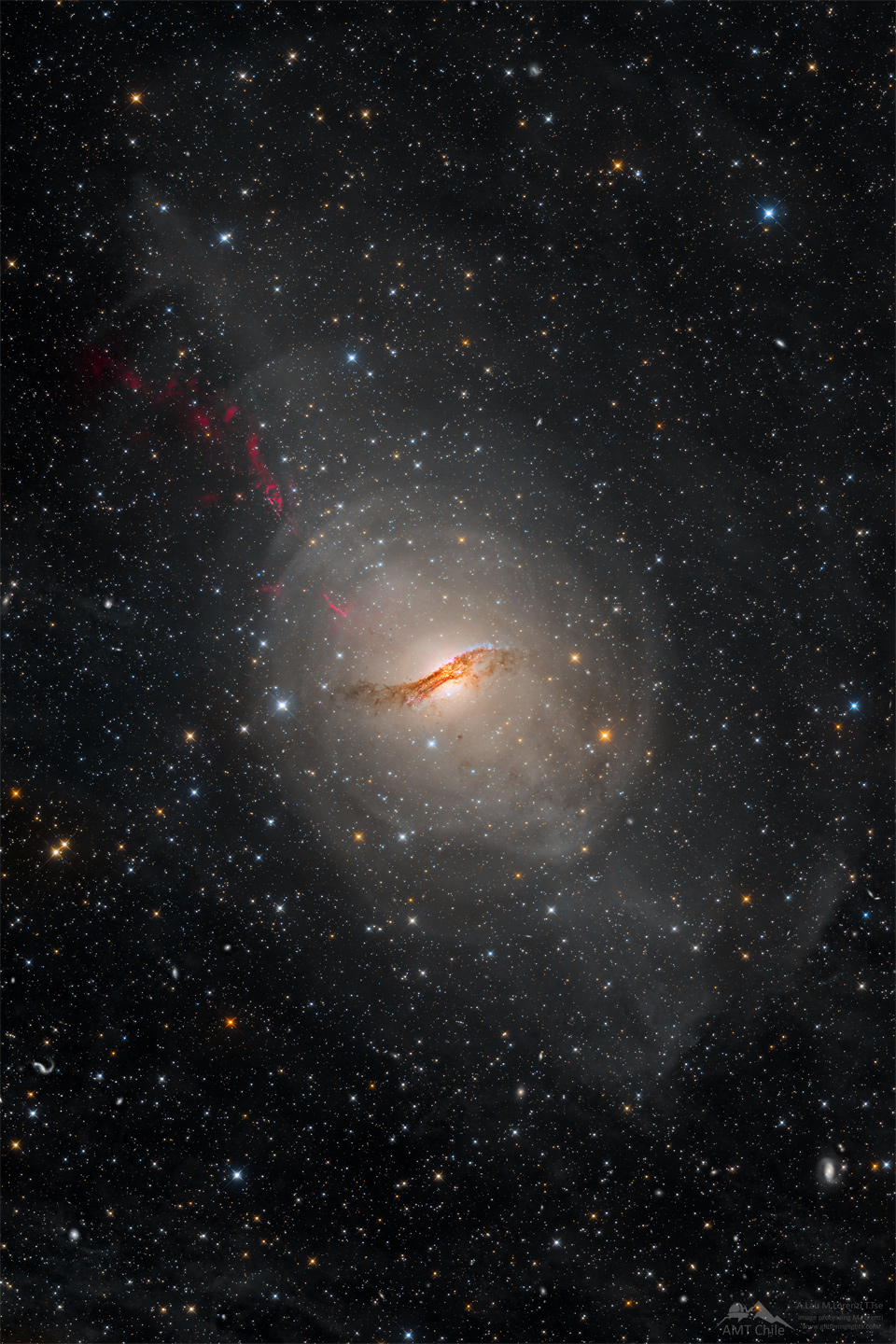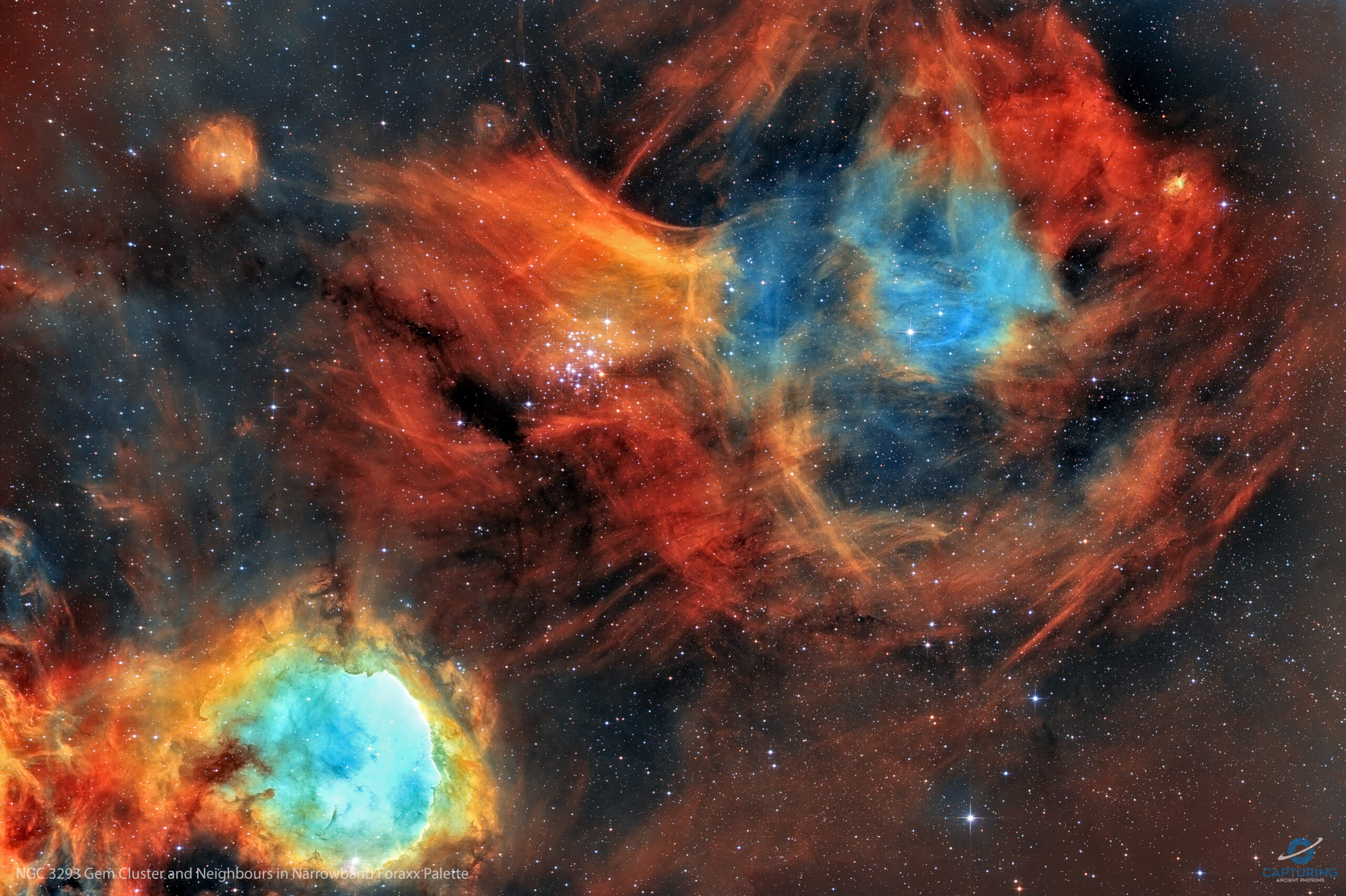J. B. Lenoir (/ləˈnɔːr/ luh-NORR; March 5, 1929 – April 29, 1967) was an American blues guitarist and singer-songwriter, active in the Chicago blues scene in the 1950s and 1960s.
Lenoir was born in Monticello, Mississippi. His full given name was simply “J. B.”; the letters were not initials. Lenoir’s guitar-playing father introduced him to the music of Blind Lemon Jefferson, which became a major influence. During the early 1940s, Lenoir worked with the blues artists Sonny Boy Williamson II and Elmore James in New Orleans. He was later influenced by Arthur Crudup and Lightnin’ Hopkins.
In 1949, he moved to Chicago, where Big Bill Broonzy helped introduce him to the blues community. He began to perform at local nightclubs, with musicians such as Memphis Minnie, Big Maceo Merriweather, and Muddy Waters, and became an important part of the city’s blues scene. He began recording in 1951 for J.O.B. Records and Chess Records. His recording of “Korea Blues” was licensed to and released by Chess, as having been performed by J. B. and his Bayou Boys. His band included the pianist Sunnyland Slim, the guitarist Leroy Foster, and the drummer Alfred Wallace.
see full post...“Granaína” or “granadinas” is a flamenco style that derives from “fandangos”. It is usually included in “malagueños” styles.
This style was originated is in “verdiales”. It had its development in “zambras” in Granada and was popularised in the late 19th century by Frasquito “Yerbagüena” and Paquillo “el Gas”. Later, it was spreaded by Antonio Chacón, “El Peña” and Canalejas de Puerto Real.
“Granaína” has two variants: “granaína” itself, and “media granaína”. Both have a clear melodic line and a deep and difficult phrasing. The difference between the two variants is that the first one is quite extended in the third part, making a final modulation, which is characteristic of this singing.
see full post...Thursday May 4th 2023 with a 10am Matinee and 730pm evening show. In the second week of “The Defeat of Jesse James” at the History Theater in St Paul. Music with Raymond Berg, Kam Markworth, Christian Wheeler and mick laBriola.

This candidate planetary nebula was discovered by our team in August 2022.
StDr 163 in the constellation Gemini is without doubt one of the most beautiful objects in the StDr catalogue.
The remarkable aspect of this nebula is that we can literally watch the structure expand.
The hot star in the centre is surrounded by a constantly growing envelope of ionised oxygen (OIII).
Gently, the blue OIII core breaks through the red cocoon of ionised hydrogen (H-alpha).
It is not known whether the reddish halo area around the nebula, which resembles two wings, belongs to the object itself, or whether it is interstellar material that is ionised and excited to glow by the potential white dwarf in the centre.

Ronald Levin Carter (born May 4, 1937) is an American jazz double bassist. His appearances on 2,221 recording sessions make him the most-recorded jazz bassist in history. He has won three Grammy awards, and is also a cellist who has recorded numerous times on that instrument.
Some of his studio albums as a leader include: Blues Farm (1973), All Blues (1973), Spanish Blue (1974), Anything Goes (1975), Yellow & Green (1976), Pastels (1976), Piccolo (1977), Third Plane (1977), Peg Leg(1978), A Song for You (1978), Etudes (1982), The Golden Striker (2003), Dear Miles (2006), and Ron Carter’s Great Big Band (2011).
Carter was born in Ferndale, Michigan. He started playing the cello at the age of 10, and switched to bass while at Cass Tech High School. He earned a B.A. in music from the Eastman School of Music (1959) and a master’s degree in music from the Manhattan School of Music (1961).
Carter’s first jobs as a jazz musician were playing bass with Chico Hamilton in 1959, followed by freelance work with Jaki Byard, Cannonball Adderley, Randy Weston, Bobby Timmons, and Thelonious Monk. One of his first recorded appearances was on Hamilton alumnus Eric Dolphy‘s Out There, recorded on August 15, 1960, and featuring George Duvivier on bass, Roy Haynes on drums, and Carter on cello. The album’s advanced harmonies and concepts were in step with the third stream movement. In early October 1960, Carter recorded How Time Passes with Don Ellis, and on June 20, 1961, he recorded Where?, his first album as a leader, featuring Dolphy on alto sax, flute, and bass clarinet; Mal Waldron on piano; Charlie Persip on drums; and Duvivier playing basslines on tracks where Carter played cello.
https://www.youtube.com/watch?v=SjcdM66ullw
see full post...Donald Ernest Friedman (May 4, 1935 – June 30, 2016) was an American jazz pianist. He began playing in Los Angeles and moved to New York in 1958. In the 1960s, he played with both modern stylists and more traditional musicians.
Friedman was born on May 4, 1935, in San Francisco. Both of his parents immigranted to the United States: his father, Edward Friedman, was from Lithuania, and his mother, Alma Loew, was from Germany.He began playing the piano at the age of four, switching from classical music to jazz after his family moved to Los Angeles when he was fifteen. His early jazz piano influence was Bud Powell. Friedman briefly studied composition at Los Angeles City College. On the West Coast, Friedman performed with Dexter Gordon, Chet Baker, Buddy DeFranco, and Ornette Coleman. He was also a member of Clark Terry‘s big band.
see full post...Maurice “Moe” Purtill (May 4, 1916 – March 9, 1994), was an American swing jazz drummer, best known as the drummer for the Glenn Miller Orchestrafrom 1939 to 1942.
Born in Huntington, New York, Purtill dropped out of high school and started his career as a freelance drummer in New York Studios. At the age of 20, he was with the band of Red Norvo at the beginning of 1936. Later he joined Mildred Bailey. He played briefly with Miller in 1937, then worked with Tommy Dorsey in 1938-39 before picking up with Miller again from 1939-1942, when Miller had the bulk of his hits. After the breakup of Miller’s band in 1942, Purtill played with Kay Kyser until 1944, then joined the U.S. Navy. After his discharge, he played briefly in 1946 with the reformed Glenn Miller Orchestradirected by Tex Beneke. Purtill went on to record in the studio on various projects. He participated in a few Miller reunions, although he did not like to discuss his time in the band. He was good friends with Buddy Rich, Trigger Alpert and saxophonist Jack Palmer. Purtill lived in New York City until the early 1970s when he moved to Sarasota, Florida. Moe Purtill retired in 1978. He died at Valley Hospital in Ridgewood, New Jersey.
see full post...Third in a series of 9 workshops at Cerenity Humboldt Senior Care in St Paul. (https://cerenityseniorcare.org/cerenity-senior-care-humboldt-st-paul-mn/). Celebrating world rhythms culminating into a last day performance.

see full post...
In galaxies, gravity alone holds together massive collections of stars, dust, interstellar gas, stellar remnants and dark matter. Pictured is NGC 5128, better known as Centaurus A. Cen A is the fifth brightest galaxy on the sky and is located at a distance of about 12 million light years from Earth. The warped shape of Cen A is the result of a merger between an elliptical and a spiral galaxy. Its active galactic nucleus harbors a supermassive black hole that is about 55 million times more massive than our Sun. This central black hole ejects a fast jet visible in both radio and X-ray light. Filaments of the jet are visible in red in the upper left. New observations by the Event Horizon Telescope have revealed a brightening of the jet only towards its edges — but for reasons that are currently unknown and an active topic of research.

see full post...
Mary Hopkin (born 3 May 1950), credited on some recordings as Mary Visconti from her marriage to Tony Visconti, is a Welsh singer best known for her 1968 UK number 1 single “Those Were the Days“. She was one of the first artists to be signed to the Beatles‘ Apple label.
Hopkin was born into a Welsh-speaking family in Pontardawe, Wales; her father worked as a housing officer. She took weekly singing lessons as a child and began her musical career as a folk singer with a local group called the Selby Set and Mary. She released an EP of Welsh-language songs for a local record label called Cambrian, based in her hometown, before signing to Apple Records, owned by the Beatles, one of the first artists to do so. The model Twiggy saw her winning the ITV television talent show Opportunity Knocks and recommended her to Paul McCartney.
see full post...James Joseph Brown (May 3, 1933 – December 25, 2006) was an American musician. The central progenitor of funk music and a major figure of 20th century music, he is referred to by various honorific nicknames, some of which include “the Hardest Working Man in Show Business”, “Godfather of Soul”, “Mr. Dynamite”, and “Soul Brother No. 1”.[1] In a career that lasted more than 50 years, he influenced the development of several music genres.[2] Brown was one of the first 10 inductees into the Rock and Roll Hall of Fame at its inaugural induction in New York on January 23, 1986.
Brown began his career as a gospel singer in Toccoa, Georgia. He rose to prominence in the mid-1950s as the lead singer of the Famous Flames, a rhythm and blues vocal group founded by Bobby Byrd. With the hit ballads “Please, Please, Please” and “Try Me“, Brown built a reputation as a dynamic live performer with the Famous Flames and his backing band, sometimes known as the James Brown Band or the James Brown Orchestra. His success peaked in the 1960s with the live album Live at the Apollo and hit singles such as “Papa’s Got a Brand New Bag“, “I Got You (I Feel Good)” and “It’s a Man’s Man’s Man’s World“.
During the late 1960s, Brown moved from a continuum of blues and gospel-based forms and styles to a profoundly “Africanized” approach to music-making, emphasizing stripped-down interlocking rhythms that influenced the development of funk music. By the early 1970s, Brown had fully established the funk sound after the formation of the J.B.s with records such as “Get Up (I Feel Like Being a) Sex Machine” and “The Payback“. He also became noted for songs of social commentary, including the 1968 hit “Say It Loud – I’m Black and I’m Proud“. Brown continued to perform and record until his death from pneumonia in 2006.
Brown recorded and released 17 singles that reached No. 1 on the Billboard R&B charts. He also holds the record for the most singles listed on the Billboard Hot 100 chart that did not reach No. 1. Brown was posthumously inducted into the first class of the Rhythm & Blues Music Hall of Fame in 2013 as an artist and then in 2017 as a songwriter. He also received honors from several other institutions, including inductions into the Black Music & Entertainment Walk of Fame and the Songwriters Hall of Fame. In Joel Whitburn‘s analysis of the Billboard R&B charts from 1942 to 2010, Brown is ranked No. 1 in the Top 500 Artists. He is ranked seventh on Rolling Stone‘s list of the 100 Greatest Artists of All Time.
Brown was born on May 3, 1933, in Barnwell, South Carolina, to 16-year-old Susie (née Behling; 1916–2004) and 21-year-old Joseph Gardner Brown (1912–1993) in a small wooden shack. Brown’s name was supposed to have been Joseph James Brown, but his first and middle names were mistakenly reversed on his birth certificate. In his autobiography, Brown stated that he had Chinese and Native American ancestry and that his father was of mixed African-American and Native American descent, while his mother was of mixed African-American and Asian descent.
see full post...John Aaron Lewis (May 3, 1920 – March 29, 2001) was an American jazz pianist, composer and arranger, best known as the founder and musical director of the Modern Jazz Quartet.
John Lewis was born in La Grange, Illinois, and after his parents’ divorce moved with his mother, a trained singer, to Albuquerque, New Mexico when he was two months old. She died from peritonitis when he was four and he was raised by his grandmother and great-grandmother. He began learning classical music and piano at the age of seven. His family was musical and had a family band that allowed him to play frequently and he also played in a Boy Scout music group. Even though he learned piano by playing the classics, he was exposed to jazz from an early age because his aunt loved to dance and he would listen to the music she played. He attended the University of New Mexico, where he led a small dance band that he formed and double majored in Anthropology and Music. His piano teacher at the university was Walter Keller, to whom he paid tribute on the title composition of the Modern Jazz Quartet’s 1974 album In Memoriam. Eventually, he decided not to pursue Anthropology because he was advised that careers from degrees in the subject did not pay well. In 1942, Lewis entered the Army and played piano alongside Kenny Clarke, who influenced him to move to New York once their service was over. Lewis moved to New York in 1945 to pursue his musical studies at the Manhattan School of Music and eventually graduated with a master’s degree in music in 1953. Although his move to New York turned his musical attention more towards jazz, he still frequently played and listened to classical works and composers such as Chopin, Bach and Beethoven.
see full post...Peter Seeger (May 3, 1919 – January 27, 2014) was an American folk singer and social activist. A fixture on nationwide radio in the 1940s, Seeger also had a string of hit records during the early 1950s as a member of the Weavers, notably its recording of Lead Belly‘s “Goodnight, Irene“, which topped the charts for 13 weeks in 1950. Members of the Weavers were blacklisted during the McCarthy Era. In the 1960s, Seeger re-emerged on the public scene as a prominent singer of protest music in support of international disarmament, civil rights, counterculture, workers’ rights, and environmental causes.
A prolific songwriter, his best-known songs include “Where Have All the Flowers Gone?” (with additional lyrics by Joe Hickerson), “If I Had a Hammer (The Hammer Song)” (with Lee Hays of the Weavers), “Kisses Sweeter Than Wine” (also with Hays), and “Turn! Turn! Turn! (To Everything There Is a Season), which have been recorded by many artists both in and outside the folk revival movement. “Flowers” was a hit recording for the Kingston Trio (1962); Marlene Dietrich, who recorded it in English, German and French (1962); and Johnny Rivers (1965). “If I Had a Hammer” was a hit for Peter, Paul and Mary (1962) and Trini Lopez (1963) while the Byrds had a number one hit with “Turn! Turn! Turn!” in 1965.
Seeger was one of the folk singers responsible for popularizing the spiritual “We Shall Overcome” (also recorded by Joan Baez and many other singer-activists), which became the acknowledged anthem of the civil rights movement, soon after folk singer and activist Guy Carawan introduced it at the founding meeting of the Student Nonviolent Coordinating Committee (SNCC) in 1960. In the PBS American Masters episode “Pete Seeger: The Power of Song“, Seeger said it was he who changed the lyric from the traditional “We will overcome” to the more singable “We shall overcome”.
Seeger was born on May 3, 1919, at the French Hospital, Midtown Manhattan. His family, which Seeger called “enormously Christian, in the Puritan, Calvinist New England tradition”, traced its genealogy back over 200 years. A paternal ancestor, Karl Ludwig Seeger, a physician from Württemberg, Germany, had emigrated to America during the American Revolution and married into the old New England family of Parsons in the 1780s.
see full post...The Great Carina Nebula is home to strange stars and iconic nebulas. Named for its home constellation, the huge star-forming region is larger and brighter than the Great Orion Nebula but less well known because it is so far south — and because so much of humanity lives so far north. The featured image shows in great detail the northernmost part of the Carina Nebula. On the bottom left is the Gabriela Mistral Nebulaconsisting of an emission nebula of glowing gas (IC 2599) surrounding the small open cluster of stars (NGC 3324). Above the image center is the larger star cluster NGC 3293, while to its right is the emission nebula Loden 153. The most famous occupant of the Carina Nebula, however, is not shown. Off the image to the lower right is the bright, erratic, and doomed star known as Eta Carinae — a star once one of the brightest stars in the sky and now predicted to explode in a supernova sometime in the next few million years.
